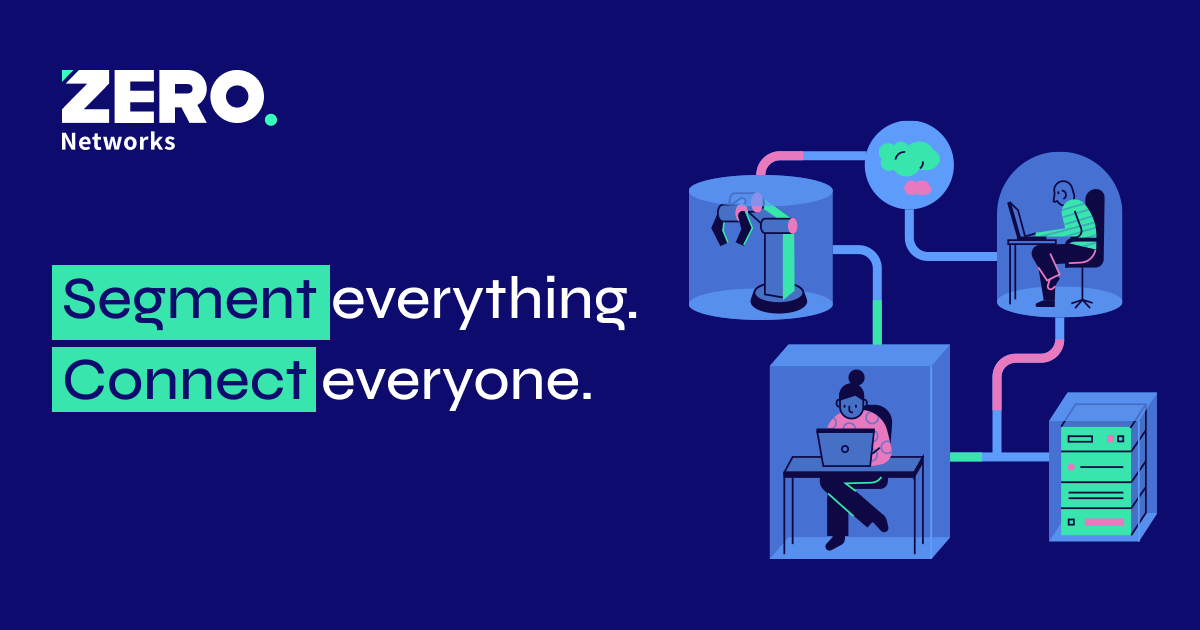Build A Tech Stack That Supports Growth Across All Lines Of Business

A heightened emphasis on the need for organizational resilience hit its stride in 2020 when companies were forced to quickly navigate unexpected global impacts. Three years later, we’re still in pursuit of a new normal—and analysts, experts and the C-suite agree: the digital user experience is key. In fact, Accenture asserts that users are now demanding incredible experiences, not just the typical user experiences of yesteryear. That means tolerance for application glitches, slowdowns, errors or other minor annoyances is at an all- time low. And folks aren’t shy about going elsewhere and taking their pending transactions with them, leaving brands hungry for the customer acquisition, retention and revenue growth required to thrive.
In response, McKinsey cites customer experience as the top CIO concern. And with customers clearly at the center of mounting complexity across application ecosystems, HBR points to Starbucks, Comcast and other category leaders as examples of building intelligent experience engines on a tech stack that can support and help grow retention and revenue.
Bridging gaps between lines of business and IT—in real-time
Developer velocity is a critical piece of this puzzle, but speed and shortcuts often leave companies with code errors, infrastructure hiccups and other glitches that can be exceedingly difficult for siloed teams to pinpoint and resolve. To ensure high-performing app experiences, organizations need to work cross-functionally with shared tools that can map all user touchpoints and provide an end- to-end view of the correlation between app behavior and its impact on business-critical user transactions. For example, it’s not enough to know there’s a slowdown. All stakeholders need to understand
at-a-glance, in real-time what’s causing the slowdown, how it impacts user experience and the effect on business-critical KPIs. Only then can teams prioritize fixes based on business-critical revenue, SLAs or other targets. That juncture between teams and machines is where Business iQ can assist.
A single source of truth: Business iQ—what it is and why it matters
Traditional, siloed application analytics, such as downtime, are no longer capable of protecting customer experiences and retention. As an industry leader in application performance monitoring, Cisco AppDynamics with Business iQ enables users to monitor and highlight business specific metrics allowing organizations to baseline the KPIs that the applications support—and helps remove roadblocks between technologists, business units and revenue goals. Offered as a single, flexible platform, it leverages automation to ingest, correlate and visualize real-time business and application performance data streaming from end user devices, applications and infrastructure. Business iQ gives IT ops, developers and product or business owners insights to justify technology investments, effectively prioritize code development and make mission-critical and strategic improvements to applications.
Tim Masey, Vice President of IT Infrastructure and Security at Carhartt explains, “Cisco AppDynamics gives us a real-time look into what's happening in every database, application and cloud instance so we can understand how our data is flowing and proactively identify potential service issues that may impact our ability to serve customers. That kind of full-stack visibility is so vital when customers expect a frictionless experience every time.”
Cross-functional application teams: a holistic approach to resilience
Research shows that building a strong technology foundation in support of company-wide, cross-functional workflows can help boost operational resilience by 30-40% over traditionally siloed workflows. This includes adding dotted-line connections between business unit leaders and application teams, where shared context across user experiences and revenue targets can help set priorities for both parts of the org. For example, when customer-facing application performance impacts sales and marketing targets and strategies. Or when in-house app performance suffers, such as an impact to internal applications and infrastructure that slows procurement or manufacturing.
What teams can accomplish with Business iQ
When revenue growth is dependent on delivering the incredible, high-performing digital experiences users want, up-time for revenue-based transactions across all touch points along the application user experience is critical. Business iQ enables teams to discover and act on real-time strategic business insights that can up-level outcomes.
Cisco AppDynamics Business iQ enables teams to:
Discover and act on real-time strategic business insights that improve outcomes.
See user journeys at every touch point to understand where and why users drop off.
Analyze, monitor, control and prioritize customer experiences based on performance KPIs.
Compare, interrogate and validate code releases across apps, customer experiences and KPIs.
Measure app performance impacts on complex business processes spanning multiple events.
Manage, track and report on critical business segment application performance targets.
Visit Cisco AppDynamics to learn more about how Business iQ can assist your organization to differentiate user experiences in this highly competitive space.
Related Articles
Join The GBI Impact Community
Sign up to make an impact and hear about our upcoming events
By registering anywhere on the site, you agree with our terms and privacy policy



